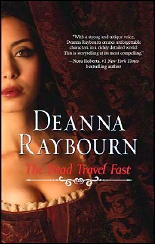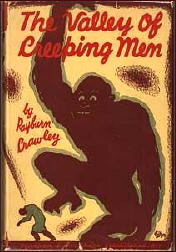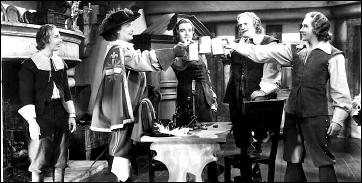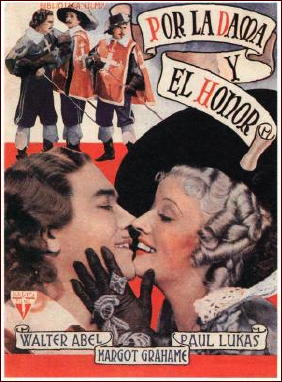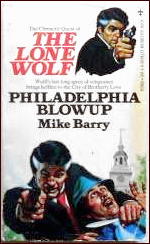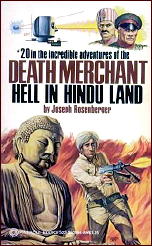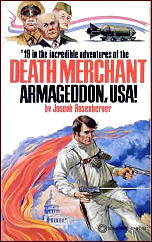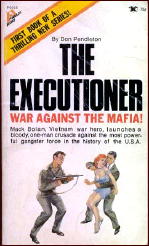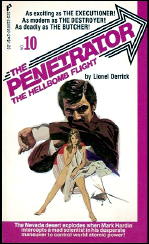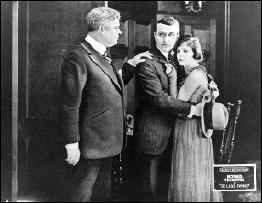Fri 21 May 2010
A TV Review by Mike Tooney: THE ALFRED HITCHCOCK HOUR “I’ll Be Judge — I’ll Be Jury.”
Posted by Steve under Reviews , TV mysteries[4] Comments
“I’ll Be Judge — I’ll Be Jury.” An episode of The Alfred Hitchcock Hour (Season 1, Episode 21). First air date: 15 February 1963. Peter Graves, Albert Salmi, Ed Nelson, Sarah Marshall, Rodolfo Hoyos. Teleplay: Lukas Heller, based on the novel by Elizabeth Hely (Scribner, 1959). Director: James Sheldon.
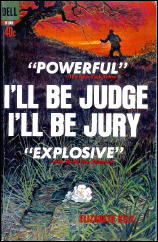
Mark Needham (Peter Graves) is in Mexico with his wife Laura (Eileen O’Neill) when tragedy strikes. They get temporarily separated while on a picnic, and Laura is murdered. Much later, when Mark goes to the local authorities about finding her killer, Inspector Ortiz (Rodolfo Hoyos) not only indicates that he’s certain he knows who the killer is but also enlists Mark’s help in trying to get the murderer to tip his hand.
The prime suspect, Theodore Bond (Albert Salmi), lives and works in the same village, and Mark endeavors to ingratiate himself with Bond in a game of cat and mouse. Unfortunately, even a mouse that’s been backed into a corner can be very dangerous indeed ….
The two leads act very differently from their usual screen personas: Peter Graves, normally a level-headed responsible type, crosses over into barely contained rage at times, while Albert Salmi, whose villains were usually over the top, underplays his character as a craven coward barely able to maintain his pretense at being respectable.
Halfway through the story, the plot resets itself, with Ed Nelson and Sarah Marshall assuming greater prominence.
Peter Graves (1926-2010) had an extensive career in Hollywood, sometimes in crime dramas: Stalag 17 (1953), Black Tuesday (1954), The Night of the Hunter (1955), The Naked Street (1955), 23 episodes of the TV series Court Martial (1965-66), 143 installments of Mission: Impossible (1967-73), The Underground Man (1974, as Lew Archer), Number One with a Bullet (1987), and 35 additional episodes of the new Mission: Impossible redux (1988-90).
Albert Salmi (1928-90) spent most of his career on television, with occasional forays into films: The Ambushers (1967), Night Games, the pilot plus 45 episodes of Petrocelli (1974-76), one Ellery Queen (1976), Love and Bullets (1979), and one of the best Murder, She Wrote segments, “Murder Takes the Bus” (1985).
You can see this episode on Hulu here.
Editorial Comments: Author Elizabeth Hely has four books including in the Revised Crime Fiction IV, three of them featuring Commissaire Antoine Cirret as detective, including I’ll Be Judge — I’ll Be Jury, the original title of which was Dominant Third in England.
Besides changing the detective’s name, the Hitchcock TV version also moved the locale from France to Mexico. Other changes to the story may also have been made, but these are the more obvious ones.
One of Hely’s other novels was made into a TV movie, The Smugglers, based on Package Deal (Robert Hale, UK, 1965). In it Donnelly Rhodes plays Antoine Cirret, while Shirley Booth is an American tourist in Europe who unwisely agrees to transport a religious statue from one country to another.
